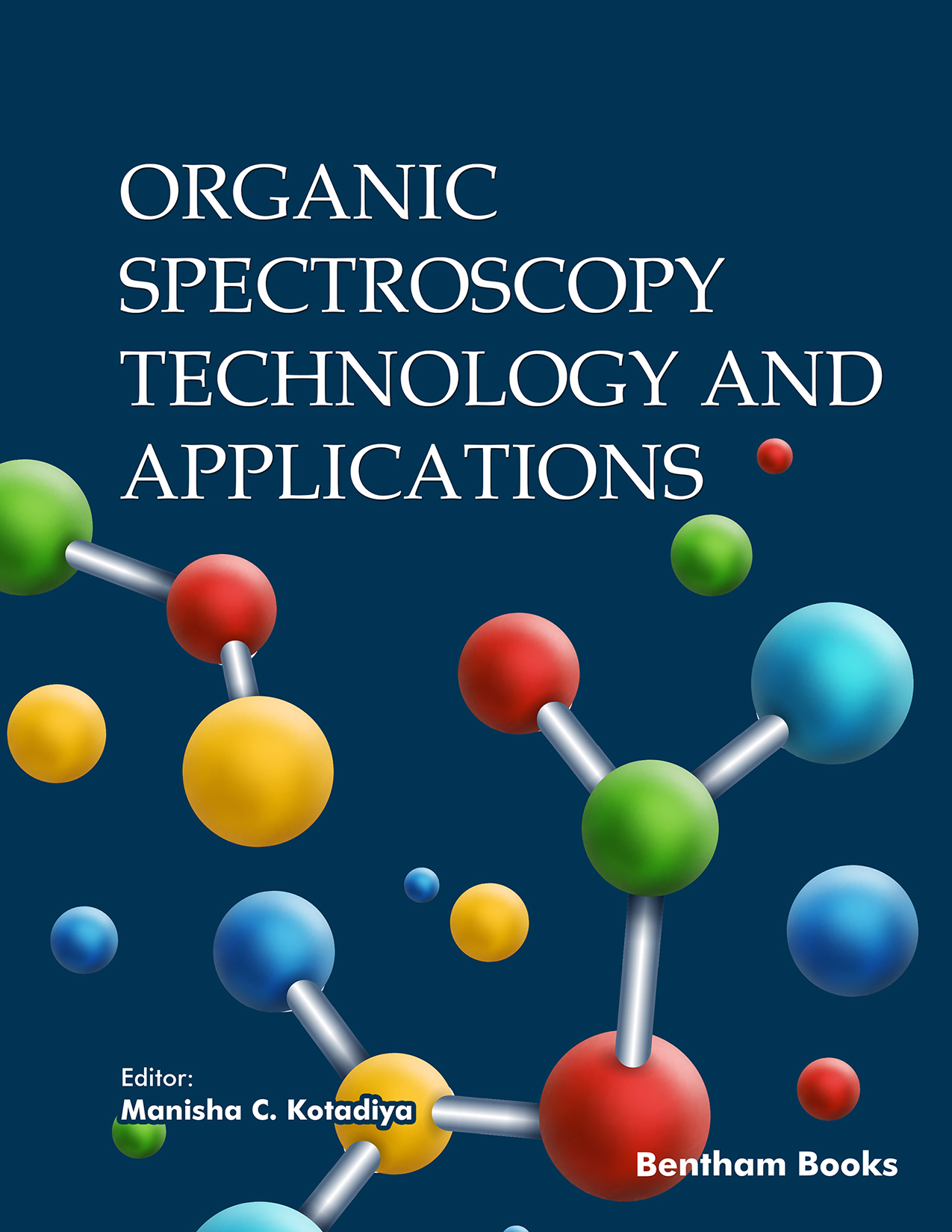Introduction
Organic Spectroscopy: Technology and Applications is an essential guide to the principles and practices of spectroscopy in organic chemistry. This comprehensive text covers the fundamentals of the electromagnetic spectrum, UV-visible, infrared (IR), Raman, nuclear magnetic resonance (NMR), and mass spectrometry, providing a structured approach to understanding each technique’s role in molecular analysis. Designed for students and professionals alike, the book emphasizes problem-solving and structural analysis, offering a methodical progression through each technique to build practical expertise. Illustrated with detailed diagrams and real-world spectra, the text also includes solved examples to reinforce learning and enhance application skills.
Key Features:
- - Comprehensive coverage of core spectroscopy techniques: UV-visible, IR, Raman, NMR, and mass spectrometry.
- - Step-by-step explanations and problem-solving techniques for structural analysis.
- - Numerous illustrations and spectra for visual learning.
Readership
Ideal for undergraduate, graduate, and research-level students, as well as industry professionals.

